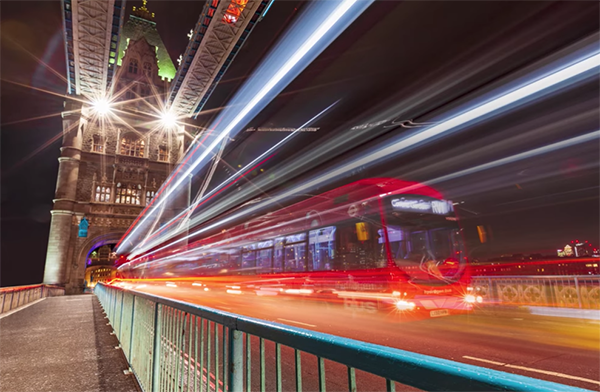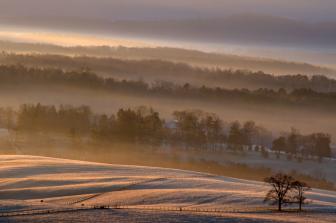How to Shoot Light Trails: City Photography at its Best (VIDEO)

Last week we posted an overview of making nighttime the right time for shooting after the sun drops below the horizon. That tutorial was designed for those new to the technique, and today we're following up with a deeper dive on one compelling aspect of this style of photography that's of particular interest to cityscape and street photographers.
Today's topic is light trail photography, with simple ways to capture the color, movement and energy of vehicles streaking through city streets at night. Not only is this technique available to just about anyone who doesn't live in a mountain cave, but it's a sure-fire way to capture captivating images that tell a story of dynamic motion and speed.
This lesson comes to use from the School of Photography YouTube channel, located in the UK—a great source of shooting and editing tips on a wide variety of topics. Instructor Mark Newton is a popular author and photographer who has been teaching the tools of the craft for over 20 years. We're sure that after watching this 10-minute lesson you'll be motivated to venture out into the dark and give these tips a try.

This behind-the-scenes episode takes place at London's iconic Tower Bridge, as Newton employs light trails to capture stunning photos that differ from most of those we see of this well-recognized landmark. He's courageously standing on a narrow island in the middle of the busy road as cars, trucks, and London's double-decker buses stream past in either direction.
Newton mounts his camera atop a low-set tripod and then explains the camera settings he prefers for this interesting technique. He's shooting in Manal mode with a shutter speed of four seconds and explains how to determine the appropriate ISO and f/stop for a perfect exposure. Then all that's left is to frame up the shot, wait for a bus to capture the image he envisions, and hope he survives the night without a trip to the hospital.
With his camera on a two-second timer he arrives at an exposure of four seconds, f/11, at ISO 100. This combination yields a one-stop underexposure that's ideal for the look he has in mind. Your exposure may differ depending upon the density of traffic and the corresponding car lights at the location you choose.

The bottom line is that by following Newton's guidelines, and experimenting with a few test shots, you'll be able to capture eye-popping night trail photographs of your own. After watching the video head over to Newton's instructional YouTube channel where there's much more to learn.
We also encourage you to check out the primer mentioned above, with several helpful techniques for making nighttime the right time for shooting in the city.














































